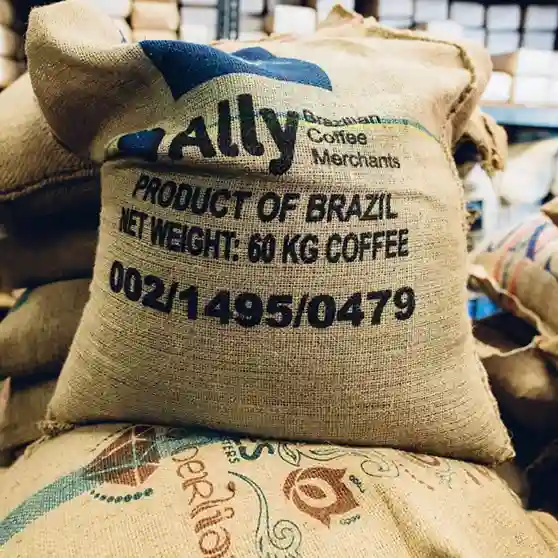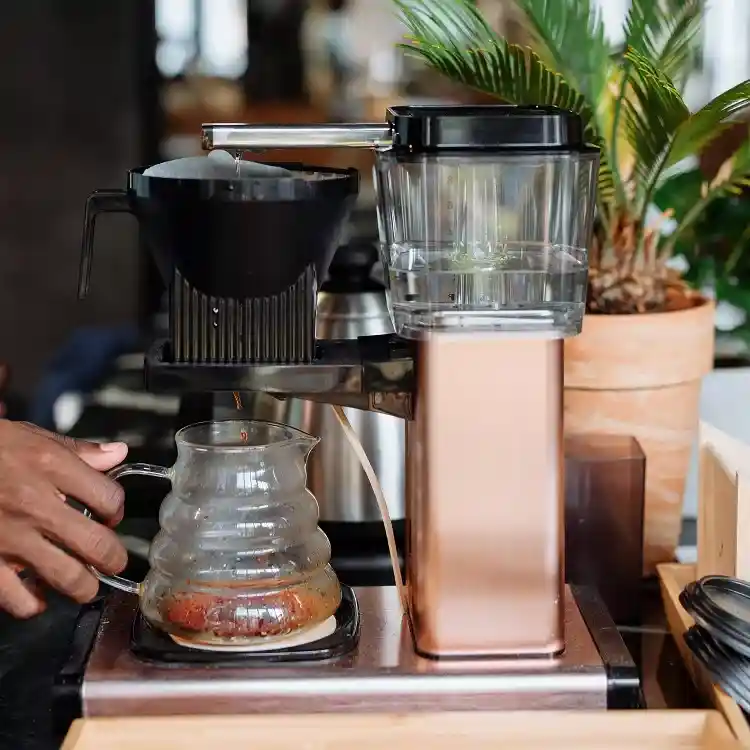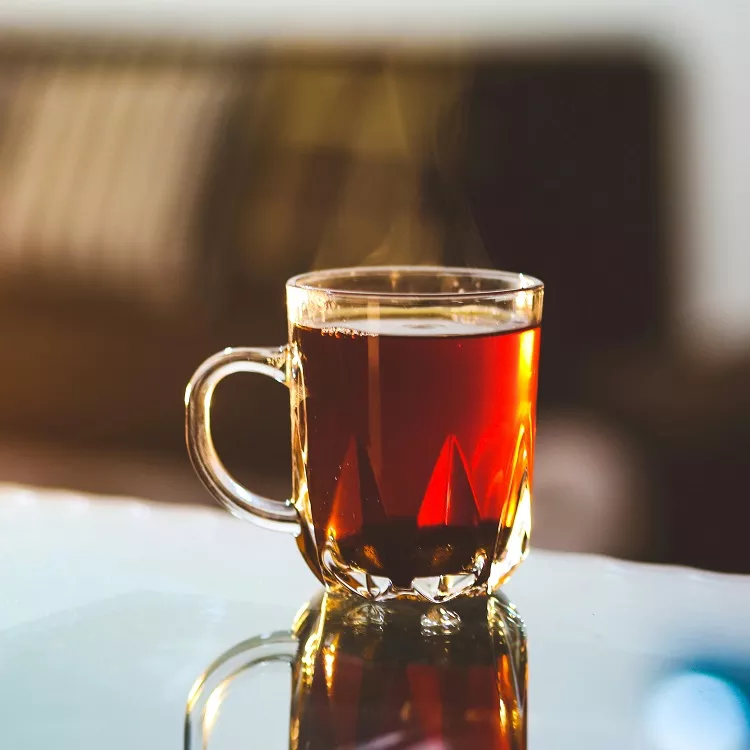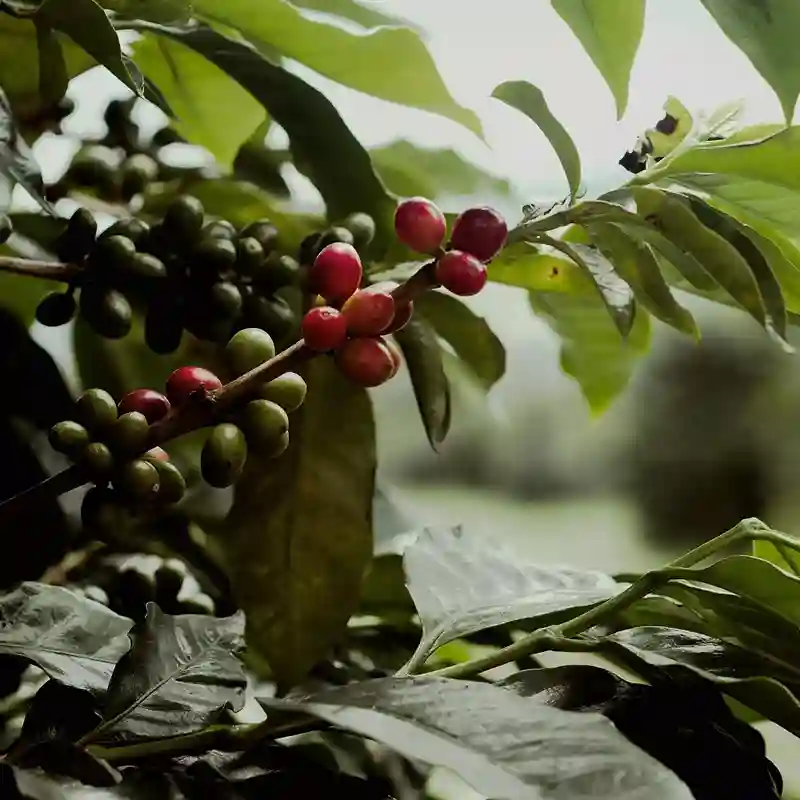When it comes to coffee, Brazil is the first country that comes to mind, as this South American country has been the world’s largest coffee producer for over 150 years. Brazilian coffee shapes global trends, influences pricing, and is enjoyed by millions of people every day. But what makes it so special? Let’s dive into the fascinating world of Brazilian coffee together!
The history of coffee in Brazil
Brazil’s coffee history dates back to 1727, when the first seedlings were imported from French Guiana. At first, coffee was grown in small quantities, but by the 19th century it had become the main export crop. The success was so rapid that the country was called the coffee empire. Large plantations were formed, labor migration grew, and new technologies for processing grain emerged. It was during this period that a unique culture of coffee cultivation was born, which still exists today.
Geography and scale of coffee production
From the humid tropics in the north to the cool highlands in the southeast, Brazil’s diverse climatic conditions create ideal conditions for growing a wide variety of coffee varieties. Altitude, soil types, temperature, precipitation, and duration of sunlight all affect the flavor of the beans. The main regions – Minas Gerais, São Paulo, Bahia, Espírito Santo and Paraná – have their own unique microclimates. These territories are home to millions of hectares of plantations, which annually produce about 60 million bags of coffee, more than a third of the world’s total production. This scale makes Brazil not only the largest exporter but also the flagship of the coffee industry in the world. Brazil’s yields are a key factor affecting the stability and dynamics of prices.
Brazilian types of coffee
Brazil is dominated by Arabica, a variety that is the mainstay of production due to its unique flavor characteristics and excellent adaptation to local climatic conditions. At the same time, Robusta also plays an important role: this coffee is grown in certain regions of the country where it adapts well to climatic conditions, and its beans are used to create stronger blends with a rich flavor and thick cream.
The most common varieties of Arabica:
- Bourbon. This variety is used to make rich coffee with a sweet aftertaste.
- Mundo Novo is a hybrid with a good balance of acidity and body.
- Katurra is a low-growing variety popular for its high yield.
- Katuai is weather-resistant and has a mild flavor.
- Maragodjip is known for its large grains and delicate flavor.
- Yellow Bourbon – sweet, fruity and extremely flavorful
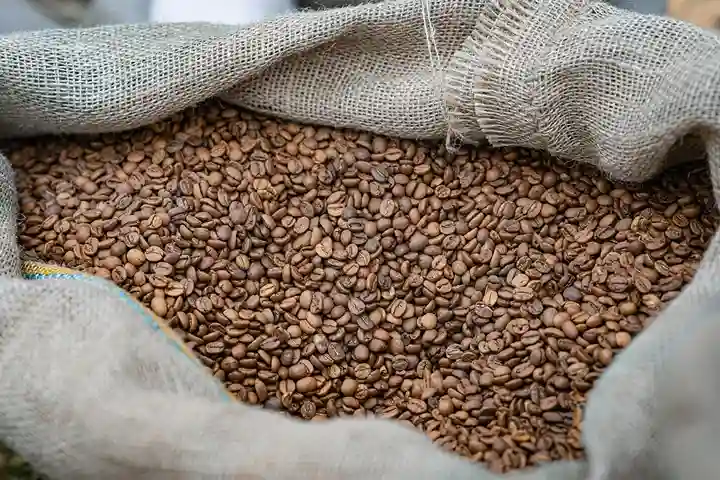
Methods of growing and processing coffee
Most of the coffee trees are grown on fertile soils with care for environmental safety. Harvesting is done both manually (in mountainous areas) and with the use of machinery (in the plains). Various methods are used to process the grains:
- Dry method – coffee is dried in the sun together with the pulp of the fruit.
- Wet method – the pulp is removed immediately after harvesting, after which the grains undergo fermentation.
- Semi-wet method – part of the pulp is left on the beans during drying, which gives the coffee a natural sweetness and richer flavor.
Classification and quality standards
Brazilian coffee is evaluated according to a number of parameters: bean size, density, defects, aroma, and taste. There is an official classification from the state-owned Institute of Coffee (ICO) that regulates quality standards and helps maintain the reputation of the coffee producer. The highest category is Specialty Grade, which impresses with its purity of flavor, complex notes, and balanced acidity.
Taste characteristics of Brazilian coffee
Coffee from Brazil is known for its low acidity, mild body, and chocolate and nutty notes, making it a favorite among connoisseurs around the world. Depending on the region and variety, you can taste caramel, tropical fruits, spices, or even wine. For example, coffee from Sul de Minas often has a rich nutty aroma and a rich aftertaste, while coffee from Bahia is appreciated for its fruity pleasant sourness and bright shades of flowers.
The coffee industry and the economy
Coffee is a strategic crop for the Brazilian economy. It provides millions of jobs, generates billions of dollars in revenue for coffee producers annually, and affects the well-being of entire regions. Brazil exports its coffee to more than 100 countries, with the largest markets being the United States, Germany, and Italy.
Domestic market and consumption
Coffee drinking is an integral part of Brazilians’ daily lives. The most popular local drink is cafezinho, which literally means “coffee.” It is strong black coffee, brewed in a simple way and served in a small cup, often already sweetened. It is a symbol of politeness and friendliness.
Preferences differ by region: in São Paulo, sweet coffee is preferred, while in the south of the country, dark-roasted espresso with a rich and deep flavor is common. In warmer regions, cold coffee drinks are popular, while in the mountains, thick infusions with a characteristic bitterness are preferred.
Current trends and challenges
Organic cultivation, pesticide-free farming, and the use of innovations in fermentation and processing are on the rise. There are also challenges: climate change, reduced yields, and soil depletion. In response, farmers are adopting sustainable practices, adapting varieties, and certifying their production to international eco-standards.
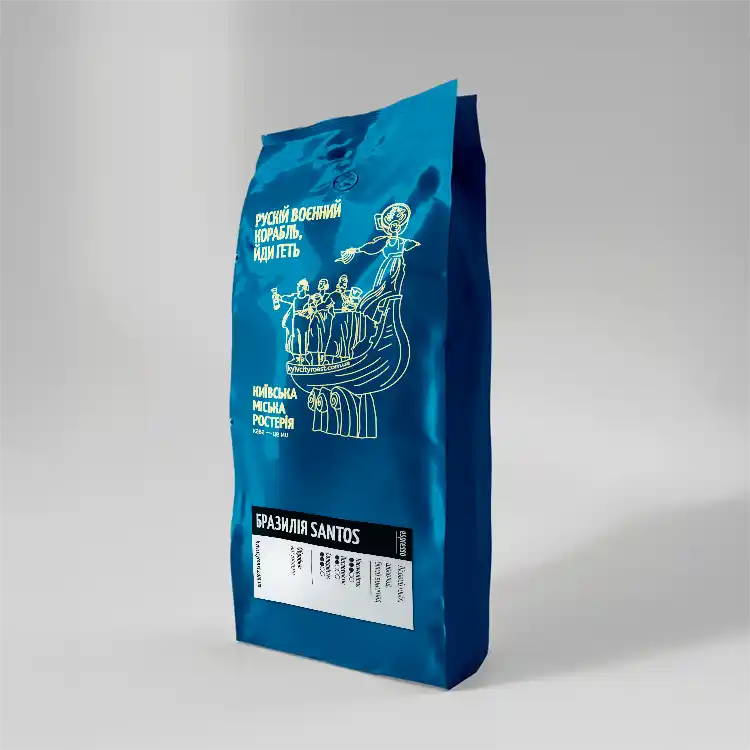
How to choose quality Brazilian coffee
When choosing coffee from Brazil, pay attention to:
- Origin (region, farm)
- Variety
- Processing
- Date of roasting
- Certificates
Store purchased coffee in an airtight container in a cool, dark place.
How to make Brazilian coffee
One of the traditional methods of preparation is filter coffee, which perfectly reveals the natural sweetness and softness of Brazilian beans. French press and turka remain equally popular, as they provide a richer and deeper flavor. To fully reveal the aroma, it is important to maintain the correct temperature of 90-95 °C and choose a grind that is suitable for the brewing method.
Interesting facts about Brazilian coffee culture
- Brazil has its own holiday – National Coffee Day (May 24).
- In São Paulo, there is a coffee museum located in the old stock exchange.
- The most expensive coffee in Brazil, Black Honey Process, costs more than $100 per kilogram.
Conclusions.
Brazilian coffee combines experience, tradition, and modern approaches to cultivation and processing. It has an impact not only on the country’s economy but also on the daily habits of millions of people around the world. Brazil confidently holds a leading position in the global coffee industry and continues to develop, adapting to new challenges and market needs.
